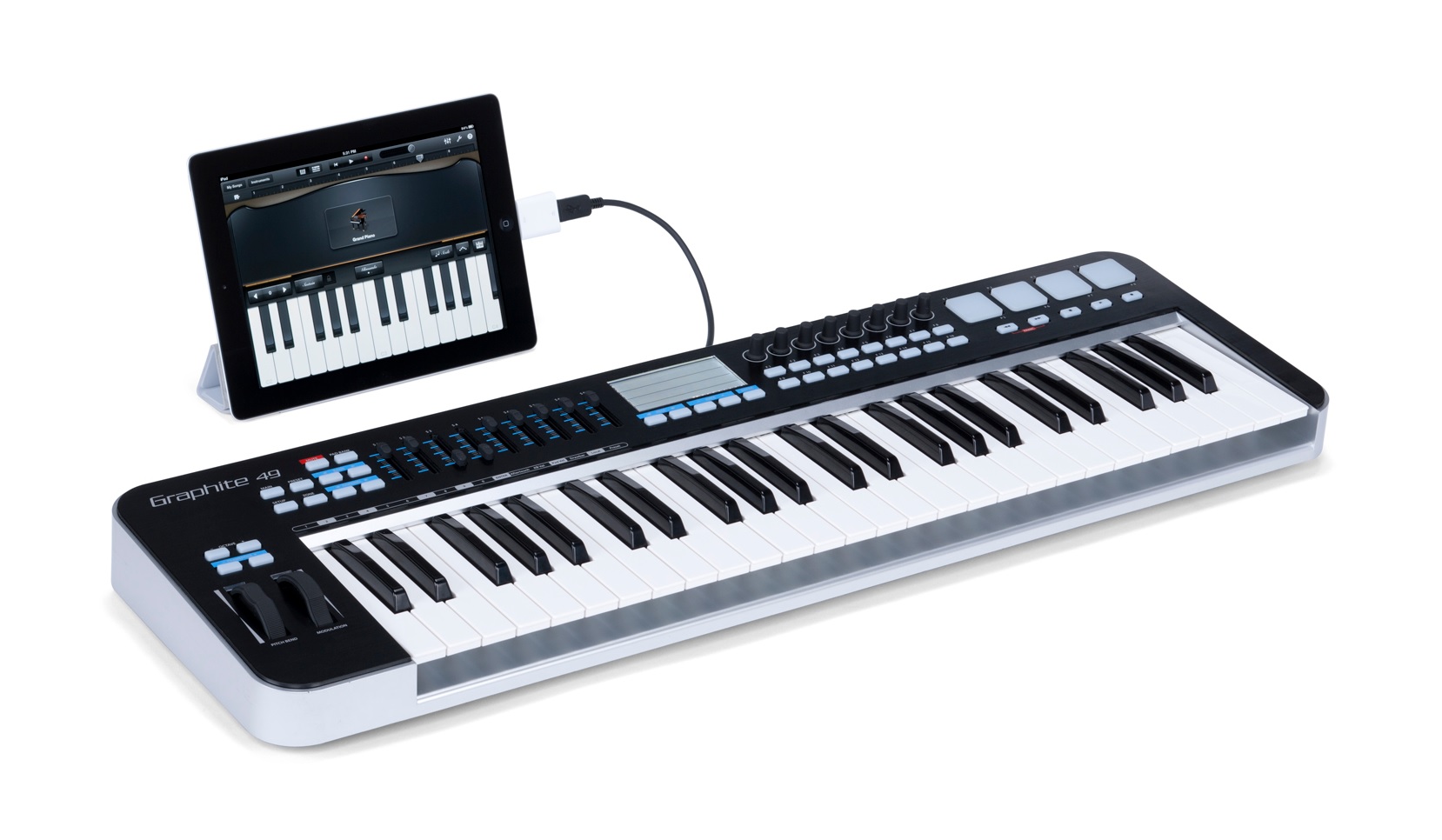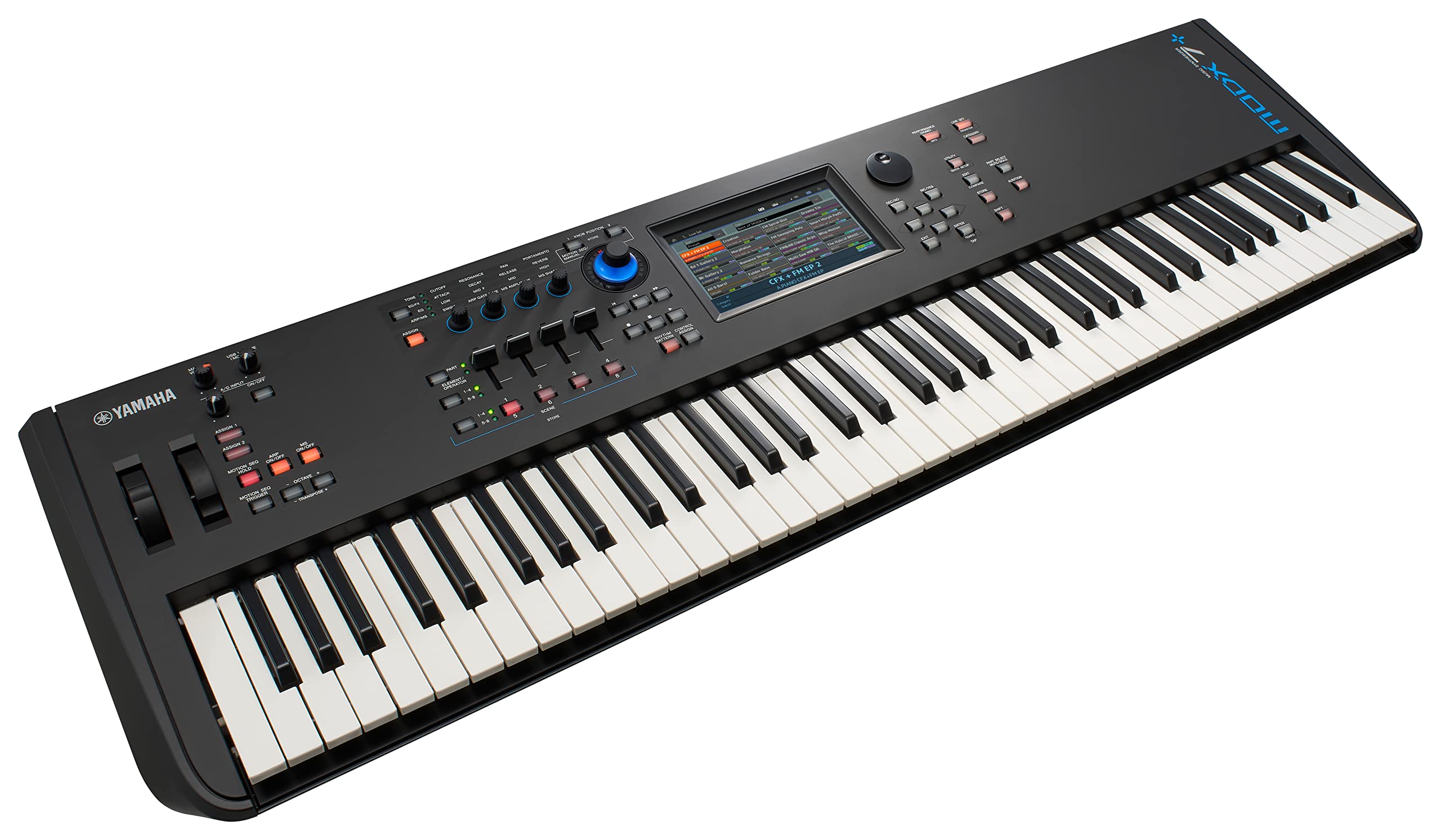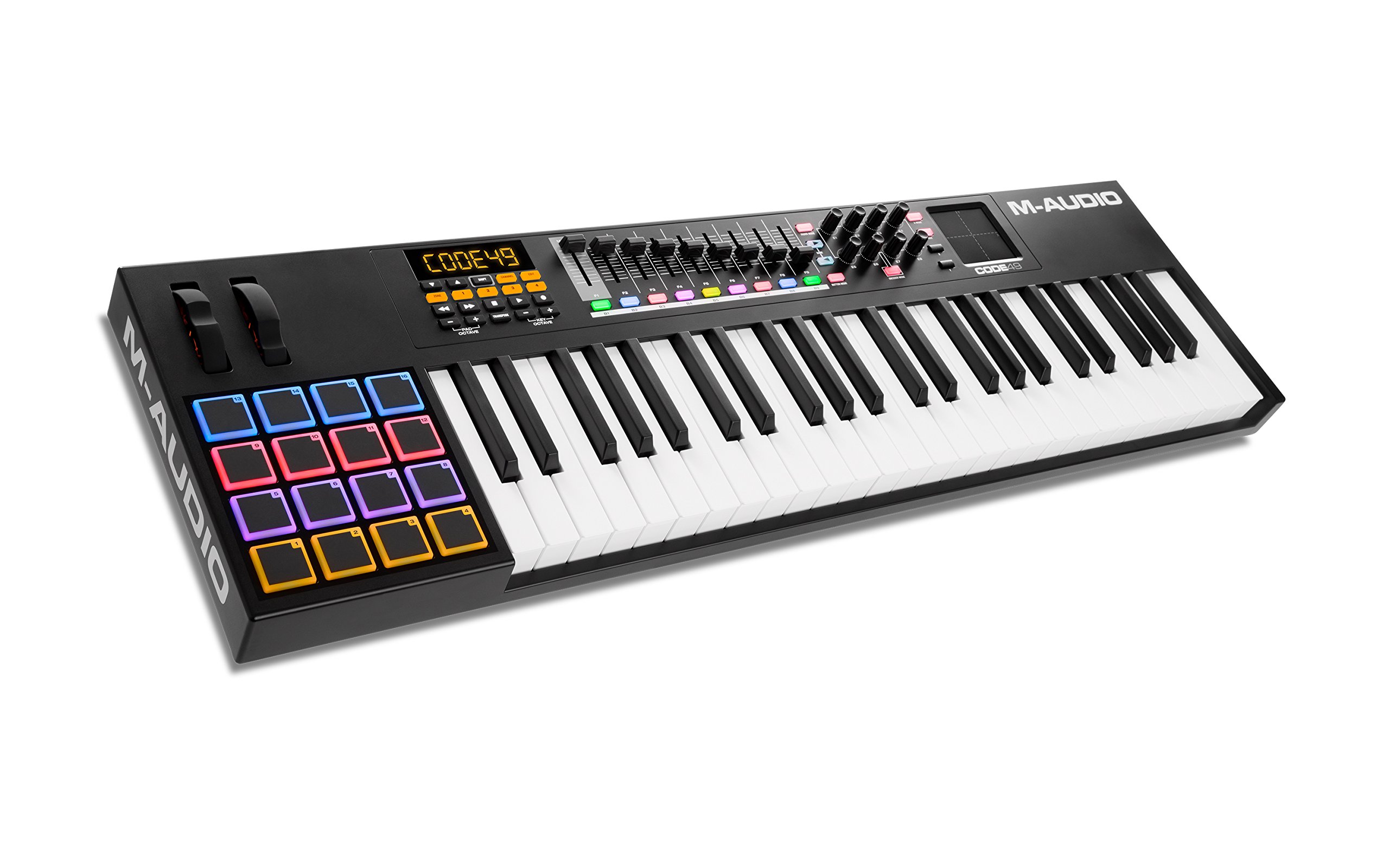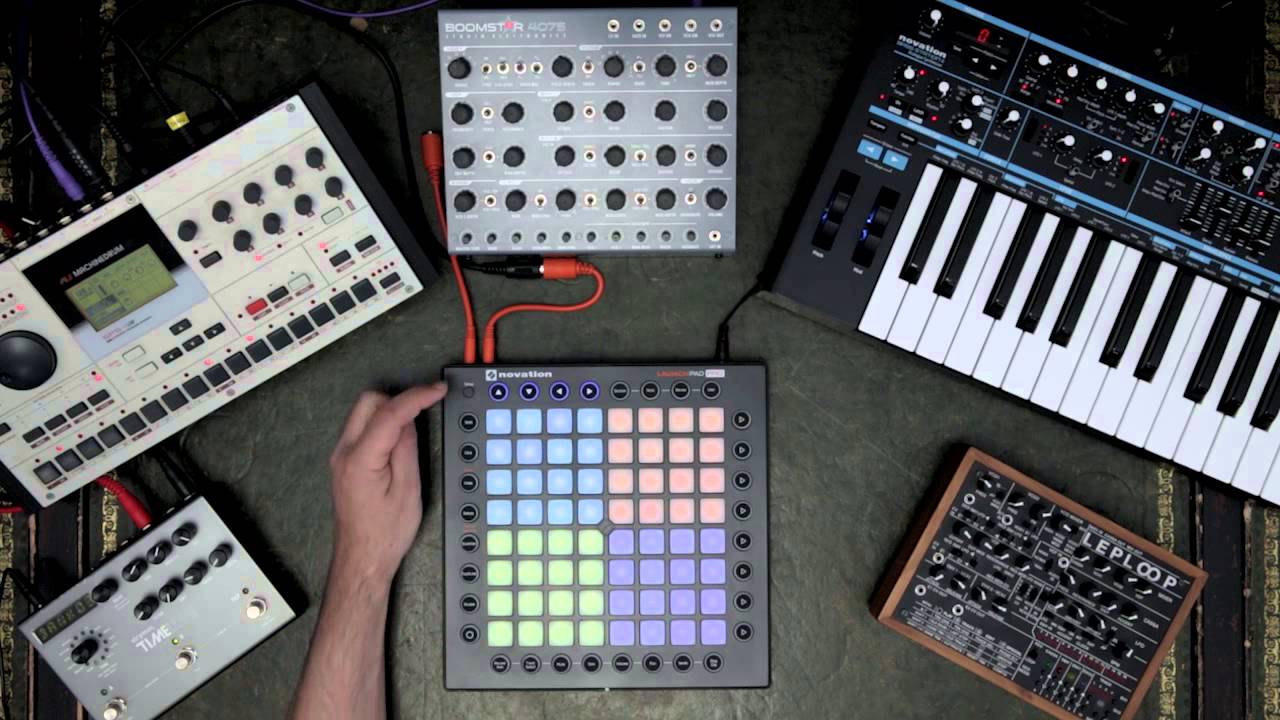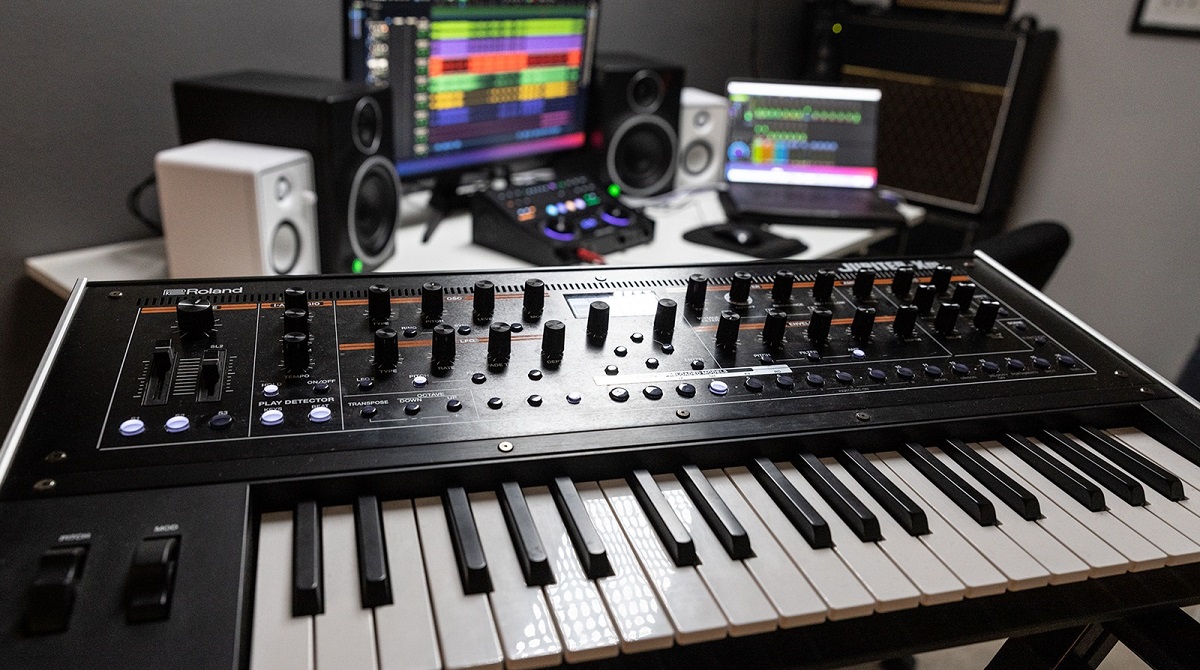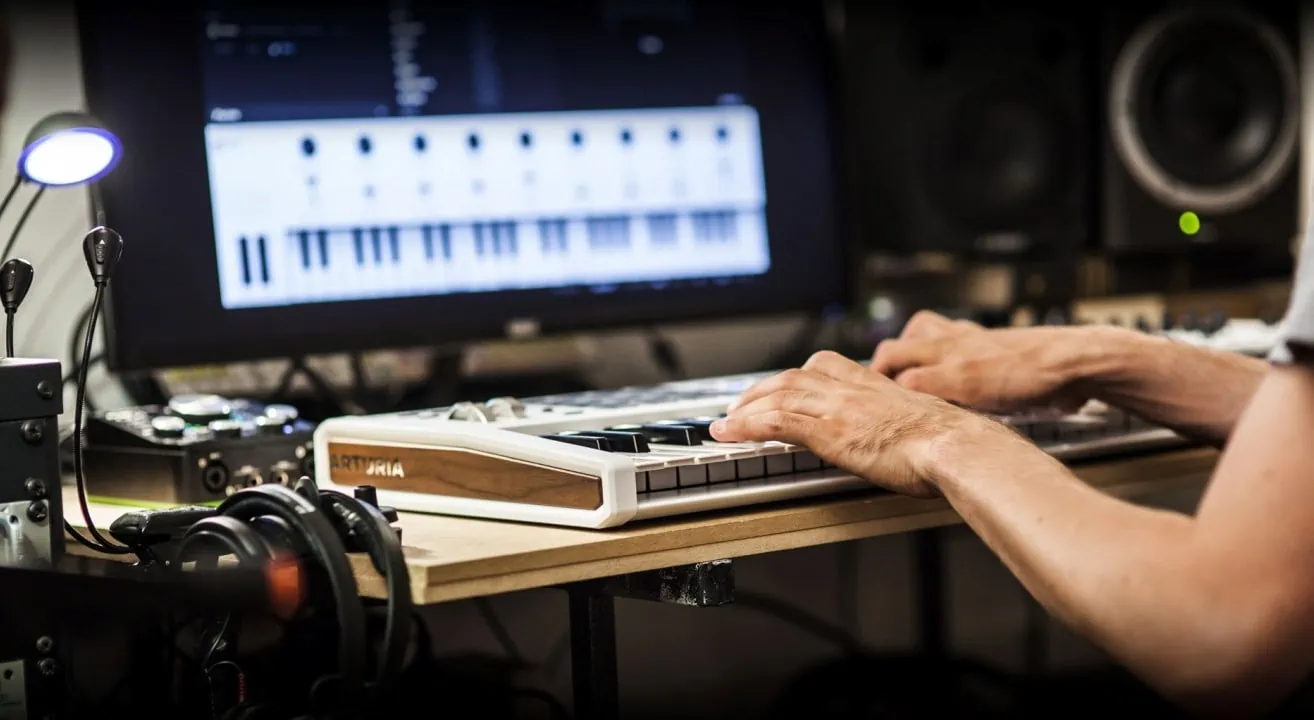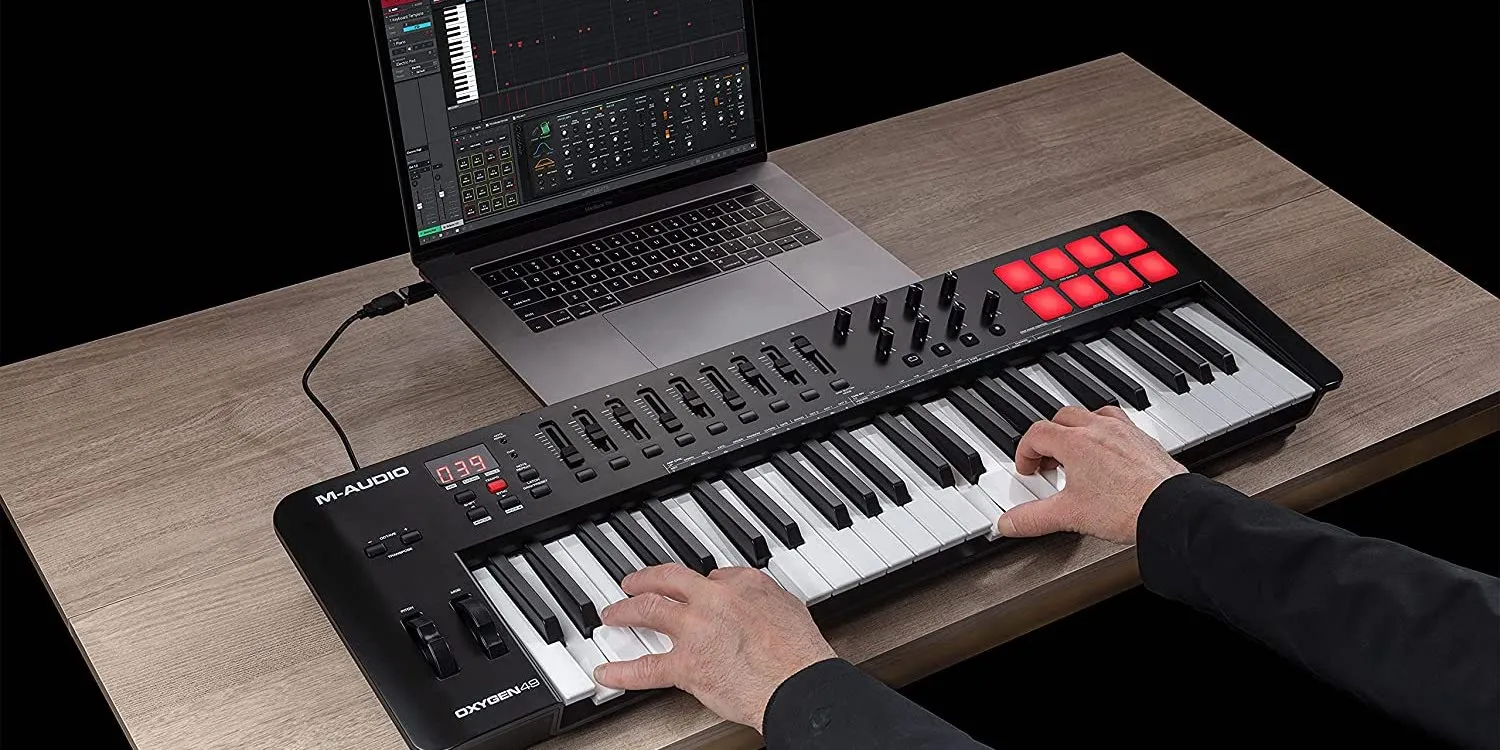Introduction
So, you've got your hands on a MIDI keyboard and you're ready to dive into the world of music production using Acid Pro. A MIDI keyboard is a powerful tool that allows you to input musical notes, control virtual instruments, and unleash your creativity in a seamless and intuitive manner. Whether you're a seasoned musician or just starting out, integrating your MIDI keyboard with Acid Pro can elevate your music production experience to new heights.
In this guide, we'll walk through the process of setting up your MIDI keyboard in Acid Pro, assigning MIDI controls to virtual instruments, recording and editing MIDI data, and optimizing your MIDI keyboard setup for a smooth and efficient workflow. By the end of this journey, you'll be well-equipped to harness the full potential of your MIDI keyboard within the versatile environment of Acid Pro.
Join me as we embark on this exploration of MIDI keyboard integration in Acid Pro, where the boundaries of musical expression are yours to expand and redefine. Let's unlock the boundless possibilities that await at the intersection of technology and creativity.
Setting up your MIDI Keyboard in Acid Pro
Before you can unleash the full potential of your MIDI keyboard in Acid Pro, you’ll need to ensure that the necessary connections and settings are in place. Follow these steps to seamlessly integrate your MIDI keyboard with Acid Pro:
- Connect Your MIDI Keyboard: Start by connecting your MIDI keyboard to your computer using a USB cable or MIDI interface. Once connected, ensure that your computer recognizes the MIDI device.
- Launch Acid Pro: Open Acid Pro on your computer and navigate to the preferences or settings menu. Look for the MIDI devices or controllers section to configure your MIDI keyboard.
- Select Your MIDI Keyboard: In the MIDI devices or controllers section, choose your MIDI keyboard from the list of available devices. This allows Acid Pro to recognize and communicate with your MIDI keyboard.
- Configure MIDI Settings: Adjust the MIDI settings within Acid Pro to match the specifications of your MIDI keyboard. This may include setting the MIDI input and output ports, channels, and other relevant parameters.
- Test Your Setup: Once the configuration is complete, test your MIDI keyboard within Acid Pro to ensure that it accurately detects and responds to your musical input.
With these fundamental steps, your MIDI keyboard will be seamlessly integrated with Acid Pro, ready to unleash a world of musical possibilities at your fingertips.
Assigning MIDI Controls to Virtual Instruments
Once your MIDI keyboard is set up in Acid Pro, you can harness its potential by assigning MIDI controls to virtual instruments. This process allows you to manipulate and play virtual instruments using your MIDI keyboard, adding depth and expression to your music. Here’s how you can assign MIDI controls to virtual instruments in Acid Pro:
- Select a Virtual Instrument: Choose a virtual instrument within Acid Pro that you want to control using your MIDI keyboard. This could be a synthesizer, drum machine, sampler, or any other virtual instrument available in your production environment.
- Access the MIDI Mapping Interface: Navigate to the MIDI mapping interface within Acid Pro. This interface allows you to link specific MIDI controls, such as keys, pads, knobs, or sliders on your MIDI keyboard, to parameters within the virtual instrument.
- Link MIDI Controls to Parameters: Within the MIDI mapping interface, select the parameter within the virtual instrument that you want to control. Then, press the corresponding key, pad, or control on your MIDI keyboard to establish the link.
- Test and Refine: After assigning MIDI controls, test the functionality by playing your MIDI keyboard. Refine the mappings as needed to ensure that the controls align with your musical intentions and performance style.
By assigning MIDI controls to virtual instruments, you empower your MIDI keyboard to act as a versatile and expressive interface for shaping the sonic landscape of your music. This integration bridges the gap between physical interaction and digital sound, offering a dynamic and immersive music production experience.
Recording and Editing MIDI Data in Acid Pro
Recording and editing MIDI data in Acid Pro allows you to capture your musical ideas with precision and finesse, shaping them into polished compositions. Whether you’re laying down melodies, crafting intricate chord progressions, or programming rhythmic patterns, Acid Pro provides a comprehensive environment for MIDI production. Here’s how you can seamlessly record and edit MIDI data within Acid Pro:
- Creating a MIDI Track: Start by creating a new MIDI track within Acid Pro’s arrangement window. This provides a dedicated space for recording and editing MIDI data.
- Setting the MIDI Input: Specify your MIDI keyboard as the input device for the MIDI track. This ensures that Acid Pro receives MIDI data from your keyboard during the recording process.
- Recording MIDI Performance: Arm the MIDI track for recording and start playing your MIDI keyboard. Acid Pro will capture your performance in real-time, translating your musical expressions into MIDI data.
- Editing MIDI Notes and Parameters: Dive into the MIDI editor within Acid Pro to refine your recorded MIDI data. Here, you can adjust note velocities, lengths, and positions, as well as fine-tune MIDI controller data for expressive modulation.
- Quantization and Humanization: Utilize Acid Pro’s quantization features to align MIDI notes to a grid for rhythmic precision. Conversely, apply humanization techniques to introduce subtle timing variations, infusing your MIDI performances with organic feel.
By seamlessly integrating recording and editing capabilities, Acid Pro empowers you to capture the nuances of your MIDI performances and sculpt them into polished arrangements. The fluid workflow and comprehensive editing tools ensure that your musical vision is faithfully realized within the digital realm.
Tips for Optimizing Your MIDI Keyboard Setup in Acid Pro
Optimizing your MIDI keyboard setup in Acid Pro can significantly enhance your music production workflow, allowing for seamless integration and efficient creative expression. Consider the following tips to maximize the potential of your MIDI keyboard within Acid Pro:
- Customize MIDI Mapping: Tailor the MIDI mapping of your keyboard to align with your preferred workflow and performance style. Assign commonly used functions to easily accessible controls, streamlining your interaction with virtual instruments and parameters.
- Explore MIDI Controller Templates: Many MIDI keyboards offer customizable templates for popular DAWs like Acid Pro. Take advantage of these templates to expedite the setup process and leverage pre-mapped controls for immediate creative exploration.
- Utilize MIDI Learn Functionality: Leverage Acid Pro’s MIDI learn functionality to dynamically assign MIDI controls to on-screen parameters. This intuitive approach allows for on-the-fly mapping, fostering a fluid and responsive creative environment.
- Experiment with Aftertouch and Modulation: Explore the expressive capabilities of your MIDI keyboard, particularly features such as aftertouch and modulation. These nuanced control elements can imbue your performances with dynamic articulation and emotive depth.
- Integrate Drum Pad Assignments: If your MIDI keyboard includes drum pads, consider assigning them to trigger percussion samples or rhythmic elements within Acid Pro. This tactile approach can infuse your productions with rhythmic vitality and hands-on creativity.
- Optimize Latency Settings: Fine-tune the latency settings within Acid Pro to minimize any perceptible delay between pressing keys on your MIDI keyboard and hearing the corresponding sound. A responsive and low-latency setup enhances the immediacy of your musical interactions.
- Embrace MIDI Effects and Processing: Explore the realm of MIDI effects and processing within Acid Pro to expand the sonic capabilities of your MIDI keyboard. From arpeggiators to MIDI quantization tools, these features can inspire new musical directions and textures.
By implementing these optimization strategies, you can harness the full potential of your MIDI keyboard within Acid Pro, fostering a symbiotic relationship between technology and musical creativity.









